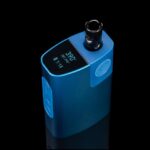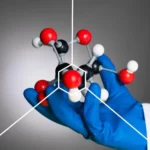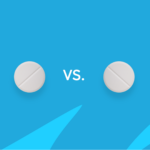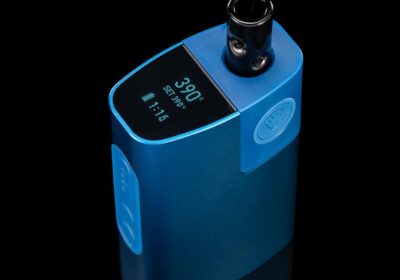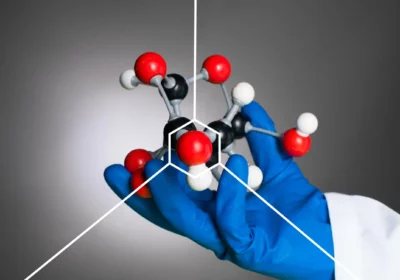
Navigating the Realm of DOT Drug and Alcohol Screening: A Comprehensive Guide
Ensuring a safe and secure transportation ecosystem is paramount, and the Department of Transportation (DOT) plays a pivotal role in upholding stringent standards through its drug and alcohol testing protocols. This comprehensive guide delves into the intricacies of DOT testing, equipping employers and employees alike with a thorough understanding of the process, requirements, and best practices.
The Significance of DOT Drug and Alcohol Testing
In an industry where public safety is of utmost concern, the DOT has implemented rigorous testing measures to mitigate the risks associated with substance abuse among safety-sensitive employees. These tests not only safeguard the well-being of workers but also protect the lives of countless individuals who traverse the nation’s transportation network daily.
Establishing a Robust Testing Program
Employers operating in safety-sensitive domains are mandated to establish and maintain a comprehensive drug and alcohol testing program that adheres to the stringent guidelines set forth by the DOT. This program serves as a cornerstone for ensuring a drug-free and alcohol-free workplace, fostering a culture of responsibility and accountability.
Types of DOT Drug and Alcohol Tests
The DOT has outlined several scenarios in which drug and alcohol testing is mandatory for safety-sensitive employees. Understanding these testing categories is crucial for maintaining compliance and promoting a safe work environment.
1. Pre-Employment Testing
Before assuming any safety-sensitive duties, prospective employees must undergo a pre-employment drug test, and in some cases, an alcohol test as well. This initial screening ensures that individuals entering the workforce are free from substance abuse, setting the stage for a secure and responsible work environment.
2. Reasonable Suspicion Testing
If an employer observes behavior or physical indicators that suggest potential substance abuse, they may initiate a reasonable suspicion test. Trained supervisors are authorized to make this determination based on contemporaneous, articulable observations of an employee’s appearance, behavior, speech, or odor.
3. Random Testing
To maintain a consistent deterrent against substance abuse, the DOT mandates the implementation of random drug and alcohol testing. Employees are selected through an unbiased, computerized process, ensuring fairness and unpredictability in the testing schedule.
4. Post-Accident Testing
In the event of a qualifying accident or incident, the DOT requires post-accident testing to determine if substance abuse played a role. This testing helps identify potential safety lapses and provides valuable insights for preventing future occurrences.
5. Return-to-Duty Testing
Employees who have previously tested positive or violated DOT substance abuse policies must undergo a return-to-duty test before resuming safety-sensitive functions. This test ensures that the individual has successfully completed the required rehabilitation process and is fit to return to work.
6. Follow-Up Testing
After returning to duty, employees are subject to follow-up testing as recommended by a Substance Abuse Professional (SAP). These unannounced tests serve as an additional safeguard, monitoring the individual’s continued compliance and commitment to a substance-free lifestyle.
The Future of DOT Drug and Alcohol Testing
As the transportation industry continues to evolve, so too will the DOT’s testing protocols and guidelines. Emerging technologies, shifting societal norms, and evolving legal landscapes may necessitate adjustments to existing practices. Employers and employees alike must remain vigilant, adaptable, and committed to upholding the highest standards of safety and compliance.
By fostering a deep understanding of DOT drug and alcohol testing requirements and embracing best practices, stakeholders can contribute to a safer, more secure, and more responsible transportation ecosystem for all.


